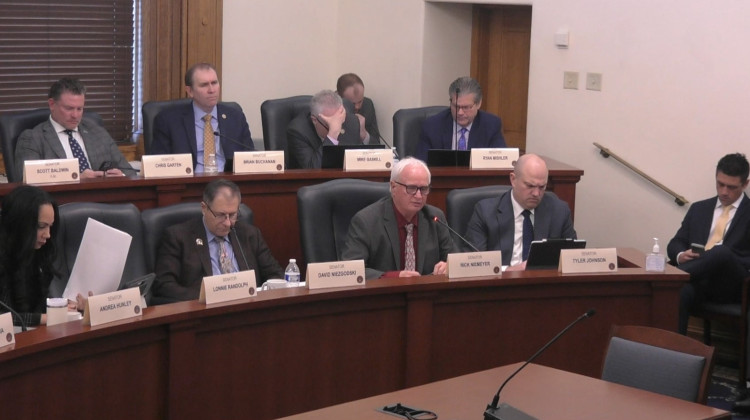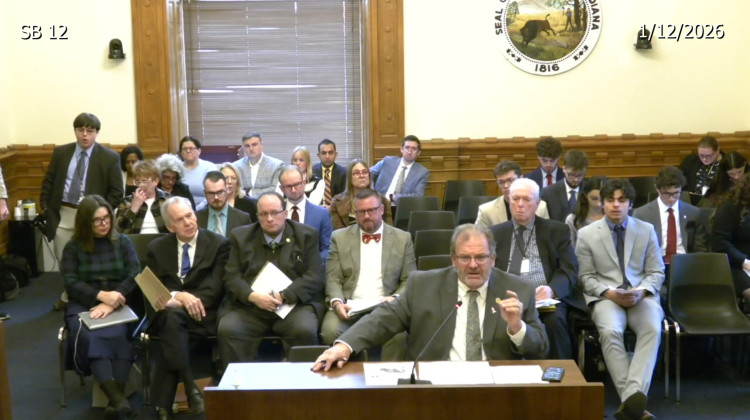The final changes to federal overtime pay law are out this week.
Businesses in Indiana and nationwide now have until December to figure out which of their workers can start earning OT -- and how to pay for it.
Under the final version of the rules, salaried employees making less than $47,476 a year will earn time and a half for working overtime.
It's twice the old threshold -- and it could cost the most for Indiana trades like retail, manufacturing and education, says Indianapolis-based compensation consultant Julie Bingham.
She says many workers in those industries, including managers, are not paid by the hour -- they can work more than 40 hours a week for no extra cash. And those employees' salaries could fall right into the new range for OT.
Indiana's average annual salary is less than a thousand dollars higher than the new overtime threshold, according to the Bureau of Labor Statistics. But state officials haven't said yet how many workers they think will benefit.
Bingham says she's been helping Indiana prepare for the changes for more than a year. Many, she says, have been in denial -- but now, she says it's time for employers to conduct audits of many employees will start qualifying for overtime, and how much it'll cost.
Bingham expects business associations and trade groups might work together to "prevent mass layoffs" and keep from driving away new workers.
The federal government estimates the change extends overtime to about 87,000 Hoosier workers -- out of 4.2 million nationwide.
The new rules officially take effect Dec. 1.
 DONATE
DONATE





 Support WFYI. We can't do it without you.
Support WFYI. We can't do it without you.